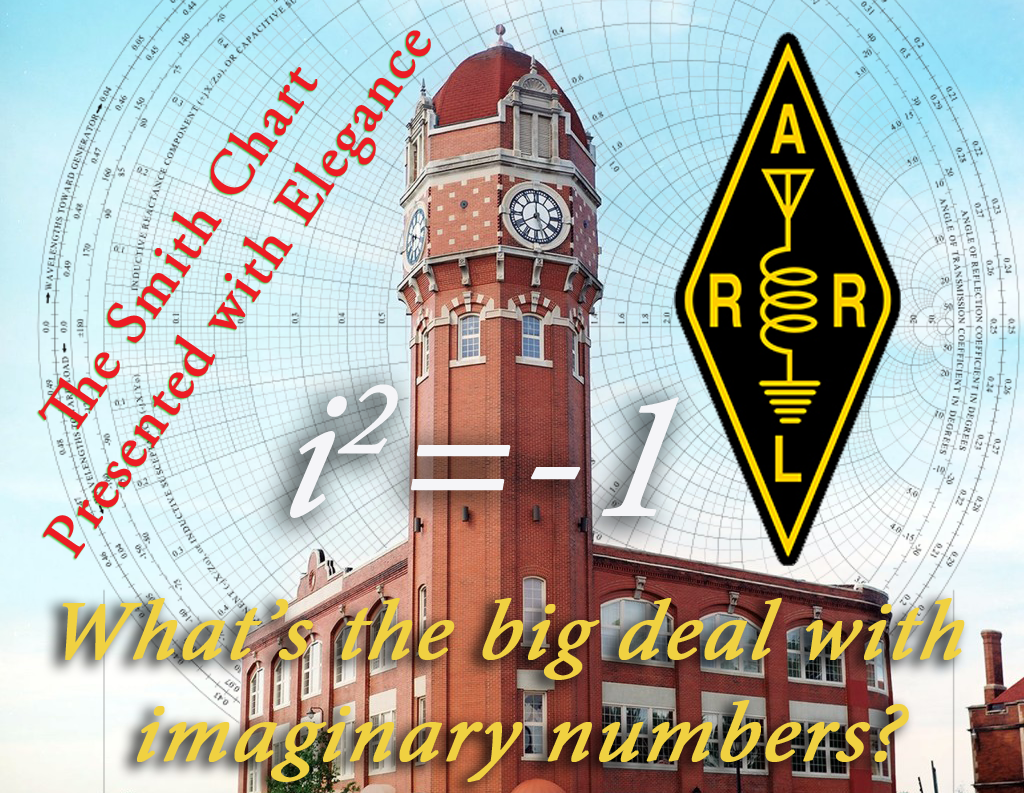
While imaginary numbers at first glance may seem overwhelming, they are simple once you realize that they are just ordinary numbers but on a different plane.
The name “imaginary” is a misnomer. The path to what we today call imaginary numbers was not short. The early versions of imaginary numbers, about the time before Isaac Newton, were merely the square root of minus 1. It was a tool to solve otherwise unsolvable equations. They would insert the square root of minus 1 into both sides of an equation and manipulate it to cancel out. But in the process, they were able to solve the equation.
Thus it begins to become clear where the name for imaginary numbers came from.
Later, when the system we know today as imaginary numbers was fully developed, the name stuck. However, if imaginary numbers were invented today, they would probably be called “lateral numbers.” They are the same as “real” numbers but on another plane.
For our application in amateur radio and the FCC pool questions (and especially Smith Charts), just accept imaginary numbers as ordinary numbers that are not on the Smith Chart’s “horizontal line.” Imaginary numbers make life easy in amateur radio, so don’t look upon them as a stumbling block. Look on them as a tool that you can put to work for yourself.
